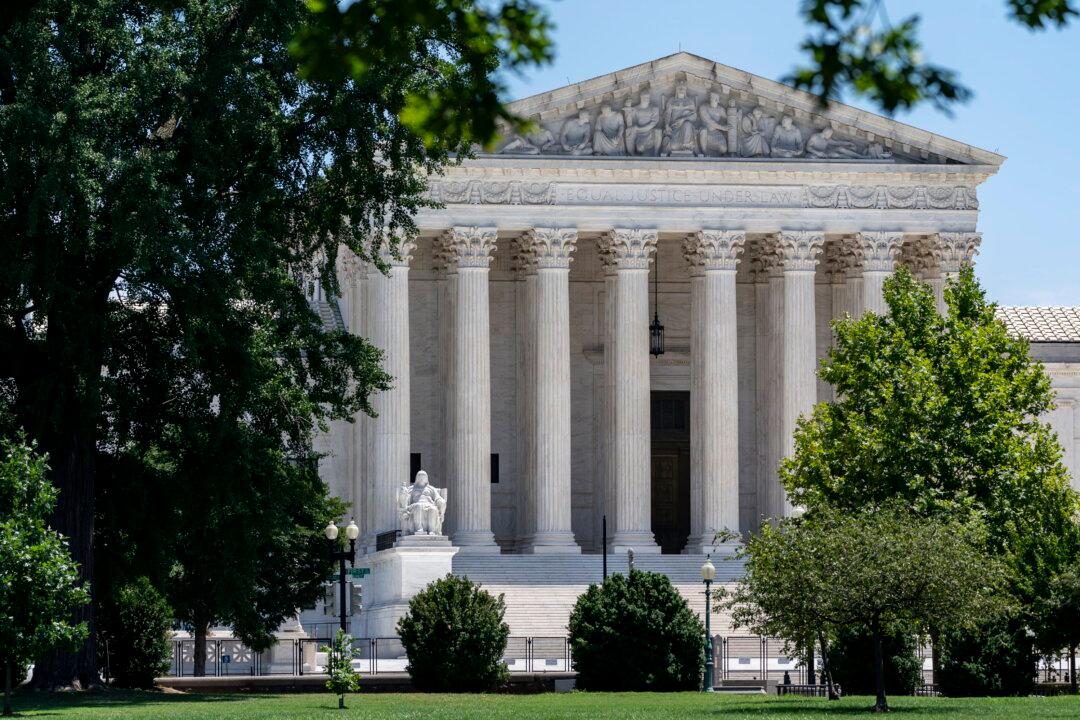House Democrats on July 26 introduced a proposal that would set term limits on U.S. Supreme Court justices.
The bill’s sponsor, Rep. Hank Johnson (D-Ga.), chair of the chamber’s Judiciary Subcommittee on Courts, claimed that the nation’s higher court faces a “legitimacy crisis.”





